Our research interests are centred on experimental soft condensed matter. We study complex fluids, often multicomponent systems, containing polymers, copolymers, (nano)-particles and surfactants. Microfluidics provides unique opportunities to synthesise, formulate, process and analyse fluids and is therefore explored in our work. Additionally, we employ extensively scattering (light, X-rays and neutrons), microscopy, calorimetry and spectroscopy - but we also develop our own measurement tools. Particularly, we resort to novel combinatorial and high-throughput techniques to address problems with large parameter space where conventional experimentation becomes unfeasible.
Research Topics
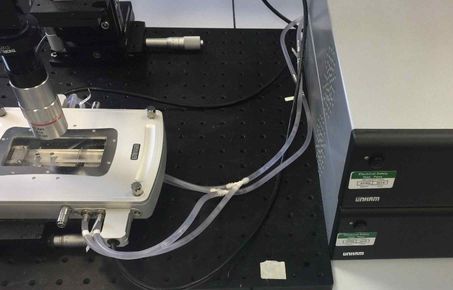
High Throughput Combinatorial Techniques
Using microfluidics as a microformulator, we can interrogate complex fluid behaviour rapidly by rapidly changing the composition space. Analytical techniques such as SANS and optical microscopy have been coupled to achieve high-throughput data acquisition.
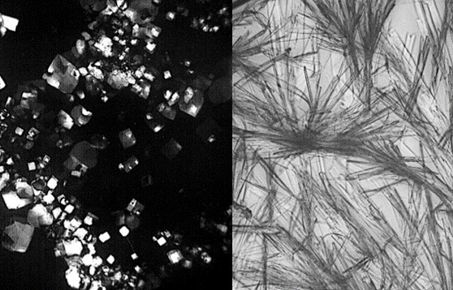
Surfactant Phase Behaviour
Surfactants can self-assemble into a wide range of structures including micelles, lamellae and crystals. Equilibrium structures are accessible in a huge parameter space by varying the composition space, temperature and pH, whilst non-equilibrium structures can be accessed through application of shear (flow) or rate-defined temperature jumps. Understanding the behaviour of these nanoscale and mesocopic phases is critical for their application.
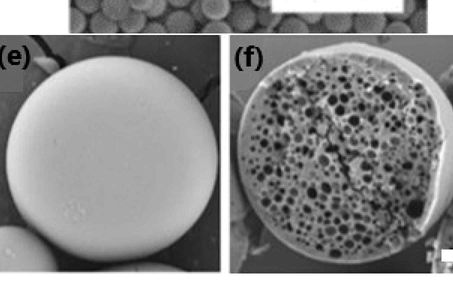
Design of Polymeric Materials
Understanding the phase behaviour of polymers is a fundamental task in order to control the morphology and structure of polymeric materials. We are particularly interested in the templating of polymer solutions and controlled particle formation via solvent extraction and acoustic levitation.
Research
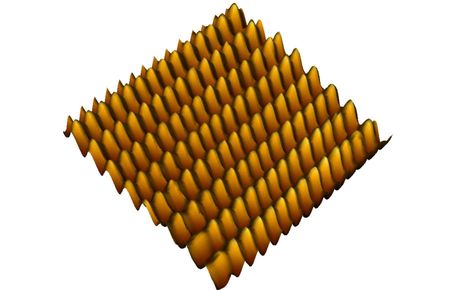
Surfaces and Wrinkling
Spontaneous patterning of polymeric substrates can be induced by varying strain field. Topics of interests include how wrinkled surfaces induce superhydrophobicity and the potential applications in photonics.
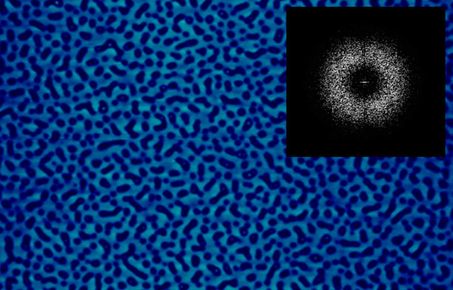
Polymer Blends
By understanding the role of polymer architecture (tacticity, chain length and polydispersity) on the blend thermodynamics, the demixing pathway can be chosen to yield nanostructured materials with precise control of length scale and connectivity with application in membranes, scaffolds and photovoltaics.

Small Angle Scattering
Small angle scattering is a unique, non-invasive, molecular and nanoscale structural probe which is often used to explore the equilibrium structures and transformations within soft materials. Techniques involving neutrons, x-rays and light are used within the lab.
People
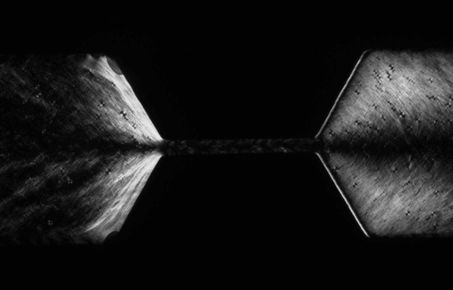
Complex Fluids
We study the effects of different fields such as predefined flow fields on systems to probe non-equilibrium dynamics.
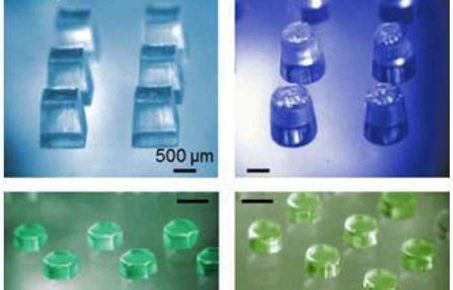
Frontal Photopolymerisation
This project investigates frontal photopolymerisation of polymeric materials, both theoretically and experimentally. The final goal of the project is to generate complex three-dimensional structures using simple materials and processes - usually, multifunctional monomers and planar lithography.
Other Projects and Collaborations
We are interested in other topics that does not fall under these categories. We invite you to explore the other fields not previously mentioned in this section.